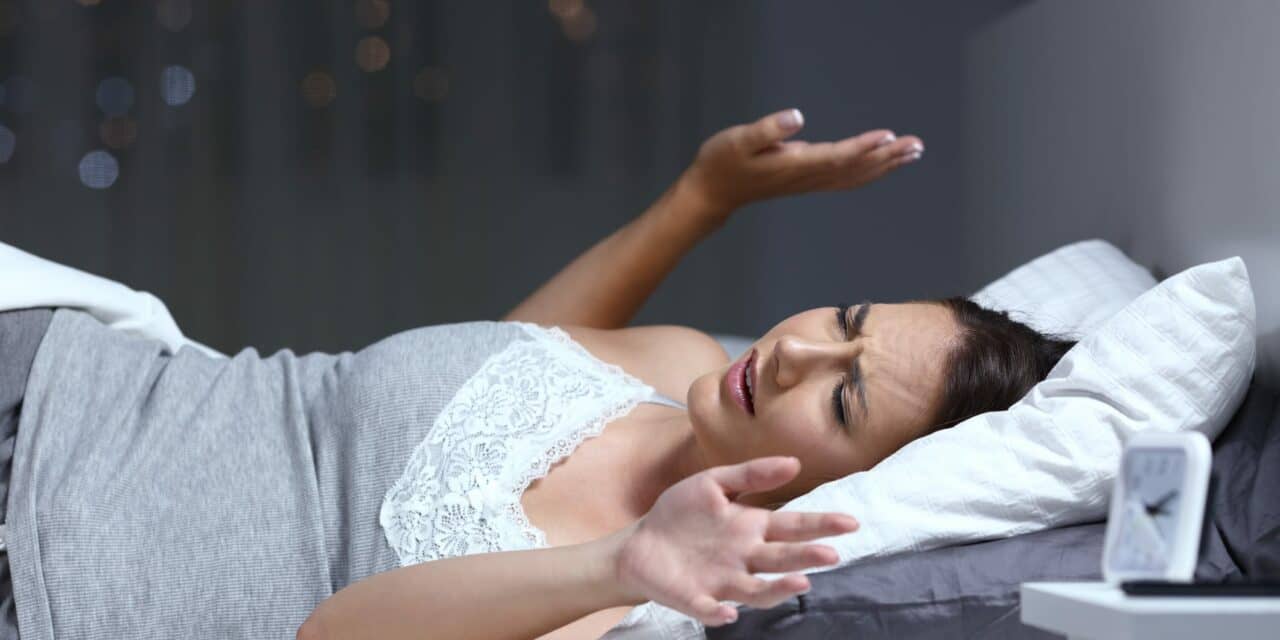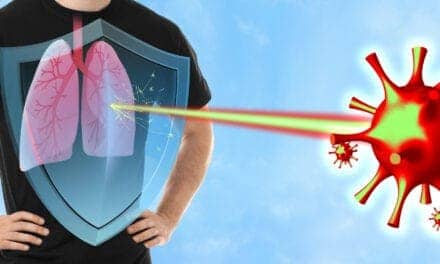The American Academy of Sleep Medicine (AASM) released a new guideline that provides treatment recommendations, including specific medications, for adults with REM sleep behavior disorder, a parasomnia characterized by dream-enactment behaviors.
Published in the Journal of Clinical Sleep Medicine, the guideline updates AASM’s previous guidance published in 2010. Several clinical trials conducted in the last decade have contributed new evidence to the published literature, providing additional support for the recommendations, according to a release by AASM.
“REM sleep behavior disorder is common, affecting more than 80 million people worldwide,” says Michael Howell, MD, lead author, chair of the AASM task force, and a professor and division head of sleep medicine in the department of neurology at the University of Minnesota, in a release. “This clinical practice guideline provides clinicians with insight on how best to prevent sleep-related injury and how to provide patients with a risk assessment for neurological disease. The task force assembled by the AASM diligently reviewed thousands of clinical studies to provide an up-to-date guideline for clinicians managing REM sleep behavior disorder.”
The guideline provides recommendations for specific medications, such as clonazepam and immediate-release melatonin, that clinicians should consider when treating REM sleep behavior disorder in adults.
All of the recommendations are conditional, requiring the clinician to use clinical knowledge and experience and to strongly consider the patient’s values and preferences to determine the best course of action. Treatment options also depend on whether the case of REM sleep behavior disorder is isolated, secondary to another medical condition, or drug-induced.
The guideline also emphasizes the need for patients to maintain a safe sleeping environment to prevent injuries while sleeping. The guideline suggests removing bedside objects that could easily injure someone while asleep. Sharp furniture should be moved away, or their edges should be padded; a soft carpet or mat should be placed next to the bed in case of sudden falls. To reduce the risk of injuries, people with severe REM sleep behavior disorder should be advised to sleep separately from their partners until treated.
The symptoms of REM sleep behavior disorder are often ignored for years, usually until an injury occurs to the dreamer or the bed partner, according to the release. REM sleep behavior disorder often occurs due to an underlying neurological disorder, such as dementia with Lewy bodies, Parkinson’s disease, multiple system atrophy, narcolepsy, or stroke.
AASM’s new guideline was endorsed by the International RBD Study Group, Project Sleep, and Wake Up Narcolepsy, and it was affirmed by the American Academy of Neurology and the American Geriatrics Society.
Photo 121347055 © Antonio Guillem | Dreamstime.com



